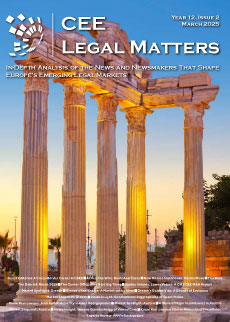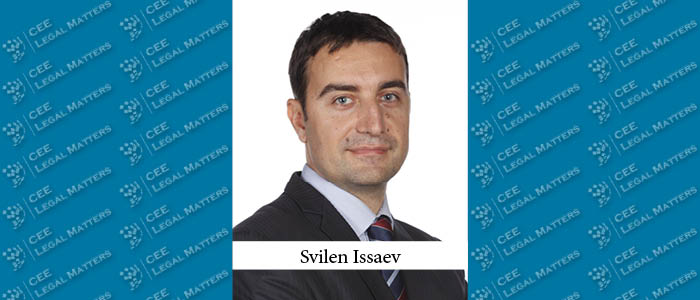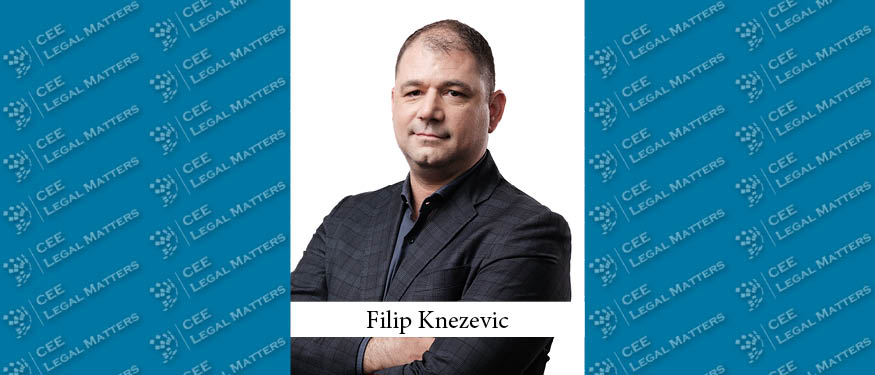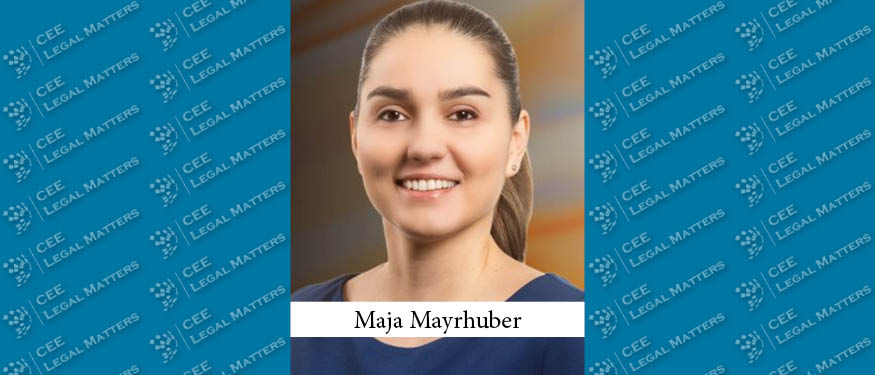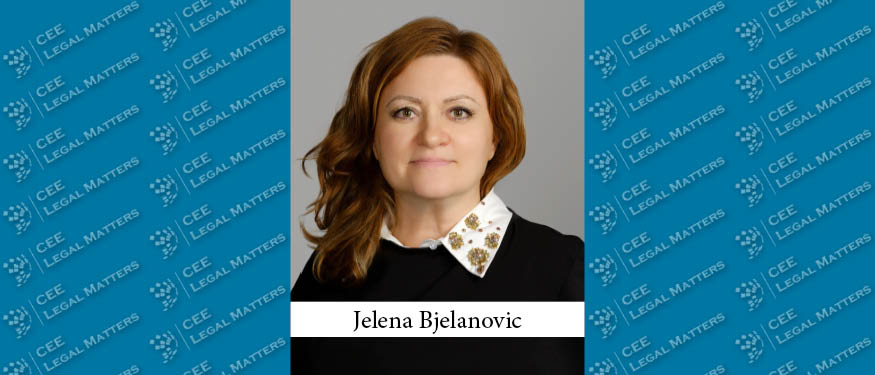The luxury design company Hermès is facing allegations of engaging in unlawful practices by “tying” the purchase of its popular Birkin bags to the purchase of other luxury clothing and accessory items, as claimed in a class-action lawsuit filed in the US. According to the lawsuit, two California shoppers stated that they were compelled to buy additional Hermès products from various categories such as apparel, scarves, and homeware before being allowed to purchase Birkin handbags from the Paris-based brand.
Hermès is renowned for its famous Birkin and Kelly handbags (collectively referred to as “Birkin handbags”), which are exclusive Hermès designs. Birkin handbags cannot be purchased through the Hermès website; instead, consumers can only buy them by physically visiting a Hermès retail store. However, unlike most consumer products, consumers cannot simply walk into a Hermès retail store, select the Birkin handbag they desire, and make a purchase. Birkin handbags are almost never publicly displayed for sale at Hermès retail stores. In fact, only consumers deemed worthy of purchasing a Birkin handbag will be shown one in a private room.
Hermès Sales Associates are responsible for selecting consumers qualified to purchase Birkin handbags. These sales associates are directed by Hermès to offer Birkin handbags only to consumers who have established a sufficient “purchase history” with Hermès’ ancillary products. Only after a consumer has a sufficient purchase history will they be given the opportunity to purchase a Birkin. Hermès has designed the compensation structure of sales associates to ensure they adhere to the policy of only selling Birkin handbags to consumers with a sufficient purchase history of ancillary products.
The plaintiffs allege that consumers are coerced into purchasing ancillary products from Hermès because they want to buy Birkin Handbags, which represents the anti-competitive conduct of tying. Specifically, the lawsuit alleges that Hermès has enough economic power in the tying market, the Birkin Handbag, to affect competition in the tied market, ancillary products. Furthermore, the main argument of the plaintiffs is that the tying product, the Birkin Handbags, is separate and distinct from the tied products, the ancillary products required to be purchased by consumers because consumers such as plaintiffs have alternative options for the ancillary products and would prefer to choose among them independently of their decision to purchase Birkin handbags.
Another argument cited in the lawsuit is the company’s commission structure for sales associates, which allegedly incentivizes promoting the categories of ancillary products over Birkin handbags. Over the years, feedback from Hermès customers indicates that the company’s sales associates have adopted a more stringent approach, reserving Birkin handbags exclusively for clients who make significant purchases across various other categories.From the perspective of intellectual property legislation in South-Eastern Europe, trademark holders possess the exclusive right to utilize a specific mark in commerce. While ‘monopoly’ may be an unpopular term, trademark rights are exactly that – a monopoly. They essentially grant trademark holders considerable leeway to exploit this exclusivity. Hermès has invested significantly in its reputation as a luxury brand and the aura surrounding it. Now, through trademark rights, it induces consumers into a shopping spiral. This seems legitimate, as these products are not essential consumer goods, and fashionistas have the option to choose other brands.
It remains to be seen how the US court will decide on the matter. Should the plaintiffs’ arguments prevail, Hermès may be compelled to amend its practices.
The information in this document does not constitute legal advice on any particular matter and is provided for general informational purposes only.
By Bojana Miljanovic Hussey, Partner, Nikola Kliska, Senior Associate, and Sanja Dedovic, Associate, Karanovic & Partners







